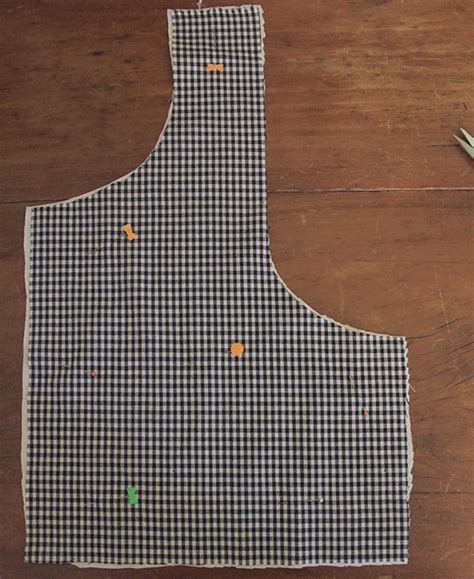In today’s dynamic professional landscape, the traditional strictures of business formal attire are increasingly giving way to a more flexible yet polished dress code: smart casual. This shift isn’t just about comfort; it’s a strategic sartorial choice that, when executed correctly, can significantly impact your perceived professionalism and pave the way for career advancement. Dressing smart casual effectively demonstrates adaptability, good judgment, and an understanding of modern workplace culture, all while maintaining an air of competence and approachability.
Understanding Smart Casual for the Workplace
Smart casual is often misunderstood, leading to outfits that are either too formal or too relaxed. For career advancement, it means striking a balance between comfortable and polished, professional and personal. It’s about looking put-together, thoughtful, and ready for any professional interaction, from a casual team meeting to an impromptu client visit, without being overtly corporate. Think refined ease rather than stiff formality or weekend comfort.

Key Elements for Men
For men, building a strong smart casual wardrobe revolves around versatile pieces that can be mixed and matched. A well-fitting blazer is non-negotiable, acting as an instant polish provider. Pair it with chinos, dark wash jeans (if appropriate for your office culture, and always paired with a blazer), or tailored trousers in neutral colors like navy, charcoal, or khaki. Shirts can range from crisp button-downs (patterns are acceptable, but keep them subtle) to high-quality polo shirts. Finish the look with smart leather loafers, brogues, or clean, minimalist sneakers – never athletic shoes.
Key Elements for Women
Women have a broader range of options within the smart casual spectrum. Essential items include tailored blouses, silk or cotton shirts, and sophisticated knitwear. Pair these with tailored trousers, smart skirts (pencil or A-line), or high-quality dark-wash jeans. Blazers, cardigans, or chic jackets add layers of professionalism. Footwear can vary from smart flats, block heels, to polished ankle boots. Dresses and jumpsuits in professional fabrics and cuts are also excellent choices, often needing only minimal accessorizing to complete the look.

The Importance of Fit, Fabric, and Color
Regardless of gender, three factors are paramount for elevating your smart casual look: fit, fabric, and color. Ill-fitting clothes, even expensive ones, look sloppy. Invest in pieces that are tailored to your body or get them altered. Opt for quality fabrics like wool, cotton, linen, and silk that drape well and resist wrinkling. While pops of color are welcome, a foundation of neutral tones (black, white, gray, navy, beige) ensures versatility and a sophisticated base. This allows you to introduce personality through accessories or accent pieces without overwhelming your professional image.

Accessorizing and Grooming Matters
Accessories can make or break a smart casual outfit. For both men and women, a quality watch, a stylish belt, and appropriate bags (briefcases, structured handbags) complete the look. Jewelry should be understated and professional. Beyond clothing, grooming is critical. Neat hair, well-maintained nails, and good personal hygiene convey attention to detail and self-respect, qualities highly valued in any professional setting. Remember, your overall presentation speaks volumes before you even utter a word.

Common Smart Casual Pitfalls to Avoid
To truly leverage smart casual for career advancement, be mindful of common mistakes. Avoid anything overly casual like t-shirts with large logos, ripped jeans, athletic sneakers (unless specifically allowed and styled intentionally), flip-flops, or overly revealing clothing. Neglecting grooming, wearing wrinkled clothes, or choosing items that are too trendy and may quickly date your look can detract from your professional image. The goal is to appear polished and thoughtful, not disheveled or trying too hard.

Conclusion: Dress for the Role You Want
Dressing smart casual for career advancement isn’t just about following rules; it’s about strategic self-presentation. By curating a wardrobe of versatile, well-fitting, quality pieces and paying attention to grooming, you project an image of confidence, competence, and modern professionalism. This visual communication subtly signals to superiors and peers alike that you are ready for greater responsibilities and capable of representing your organization with poise and style. Invest in your professional image, and watch how it invests back in your career.




